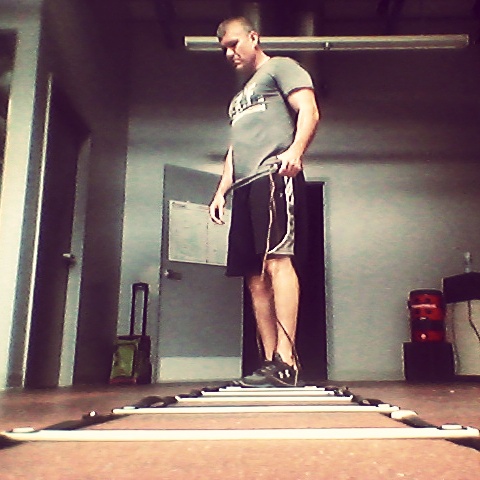
A Hybrid Approach To Conditioning
A big part of training that I like to emphasize involves how a trainee might go about his or her conditioning. Conditioning the body involves a wide range of options that run along a spectrum where each end of that spectrum emphasizes two very opposite extremes. Today we’re going to examine what falls in between those two extremes in terms of your conditioning. This is one you don’t want to miss.
Power vs. Endurance
I figured the timing for this topic was perfect since I just finished publishing my last post on Power. So what the hell is the point? Power vs. Endurance…which is pertinent to your situation?
Well the truth is that both have their place in regards to the needs of the trainee. In terms of addressing our needs and making sure that we are acquiring the necessary traits within our training for the purpose of performance, as well as, our own piece of mind allow me a moment to clear this up by offering a bit of insight here.
Surprise…as you can see the point is that it’s all determined by what we are training for. I mean what’s the point in just focusing on one extreme or the other if you’re still going to need a reasonable amount of both?
As I pointed out in the video most sports in general require a more hybrid approach to conditioning. I get it… the cool lingo with the word “hybrid” works well when describing qualities of conditioning that involve both elements of power and endurance along the conditioning spectrum.
The point here is that many of us are going to be tapping into multiple energy systems depending on our sport or activities. Yes, there are plenty of recreational and sport demands that need to emphasize a great deal of both extremes, but even still there should be elements of strength introduced to an endurance athlete in order to acquire optimal performance… and there should also be a bit of endurance offered to a strength athlete to allow for significant recovery.
One simple way to condition with different energy systems is to alternate between short burst higher intense drills and longer (and less intense) more sustainable steady state drills. One great method for doing this could be with the application of some good ‘ole jump roping.
For sustainable longer endurance bouts of jump roping you can work on mastering your skips. Vary these and focus on longer sustainable bouts for several minutes at a time. On the other hand, for more intense faster bouts for power you can focus on doing high knee runs, or double whips of the rope (double the rope under one jump: double unders).
Of course there are other means to acquire elements of both power and endurance, but as a simple solution that requires little to no space and very little equipment the jump rope is a fantastic option. The key is working to master the skill by performing these jump variations with regularity.
Here in the BRF camp I like to enforce conditioning drills that often require a bit of coordination in addition to tapping in to the necessary energy systems for performance. Having said this a nice walk, jog, or a handful of sprints will also do the trick when trying to hone in on a particular side of the power/endurance spectrum.
Like I said it’s more about recognizing how your hybrid conditioning should look based on your particular needs. Now I know there will be coaches and trainers out there on the internets telling you that if you’re a power athlete then the need for endurance should really not be a concern. I get what they are saying, but understand that work capacity can also be more anaerobically enhanced, or aerobically enhanced through specificity as well.
Of course there is going to be some endurance in an athlete such as a football player, however it’s not going to be the kind of endurance you may be thinking about. Yes, an average football play lasts about 6-10 seconds and is all out ball busting effort, but then it doesn’t just end there. The athlete still has to take about 30-45 seconds to recover and then repeat that cycle over and over again.
Obviously it doesn’t take a rocket scientists to recognize that this is a different type of endurance compared to a marathon runner, but this is still a level of endurance that is necessary for the athlete to have based on their sport demands. This is a great example of where that hybrid approach to conditioning would come into play when looking at the power/endurance spectrum I outlined in the video earlier in this article.
So are you implementing a hybrid approach to your conditioning? I hope you enjoyed today’s post and if so don’t be shy about posting up in the comment box below. Stay strong and keep training smart.
Related Articles:
5 Ways To Develop Power While Getting Lean
Train For Your Sport…Not Just In Your Sport
Examining The Single Arm Kettlebell Swing
Grip Strength: Don’t Leave Home Without It
Now you can join my new BRF Affiliate Program and earn commissions off selling and promoting the BRF Online Coaching Program. Get more details and sign up here!
Get Free Updates And Training Guides Here
Leave a Reply
You must be logged in to post a comment.

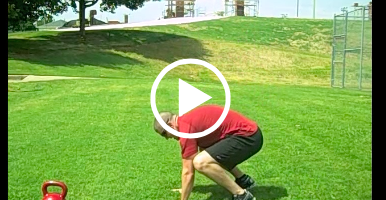
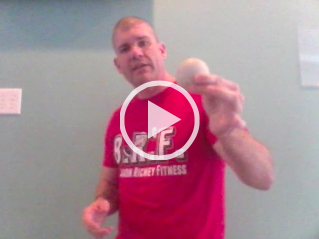

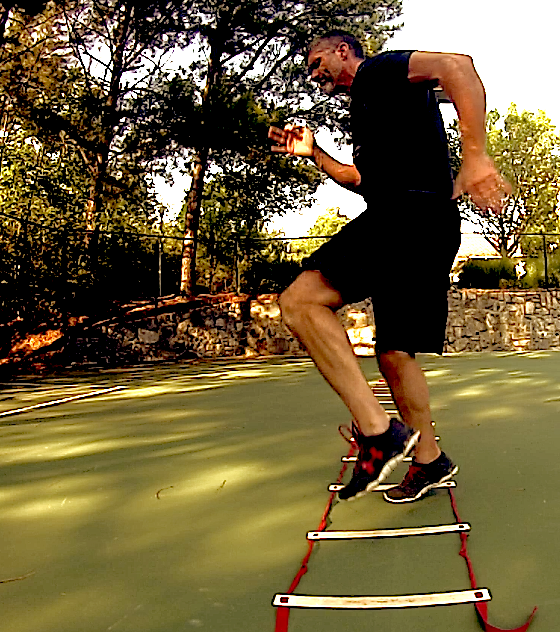
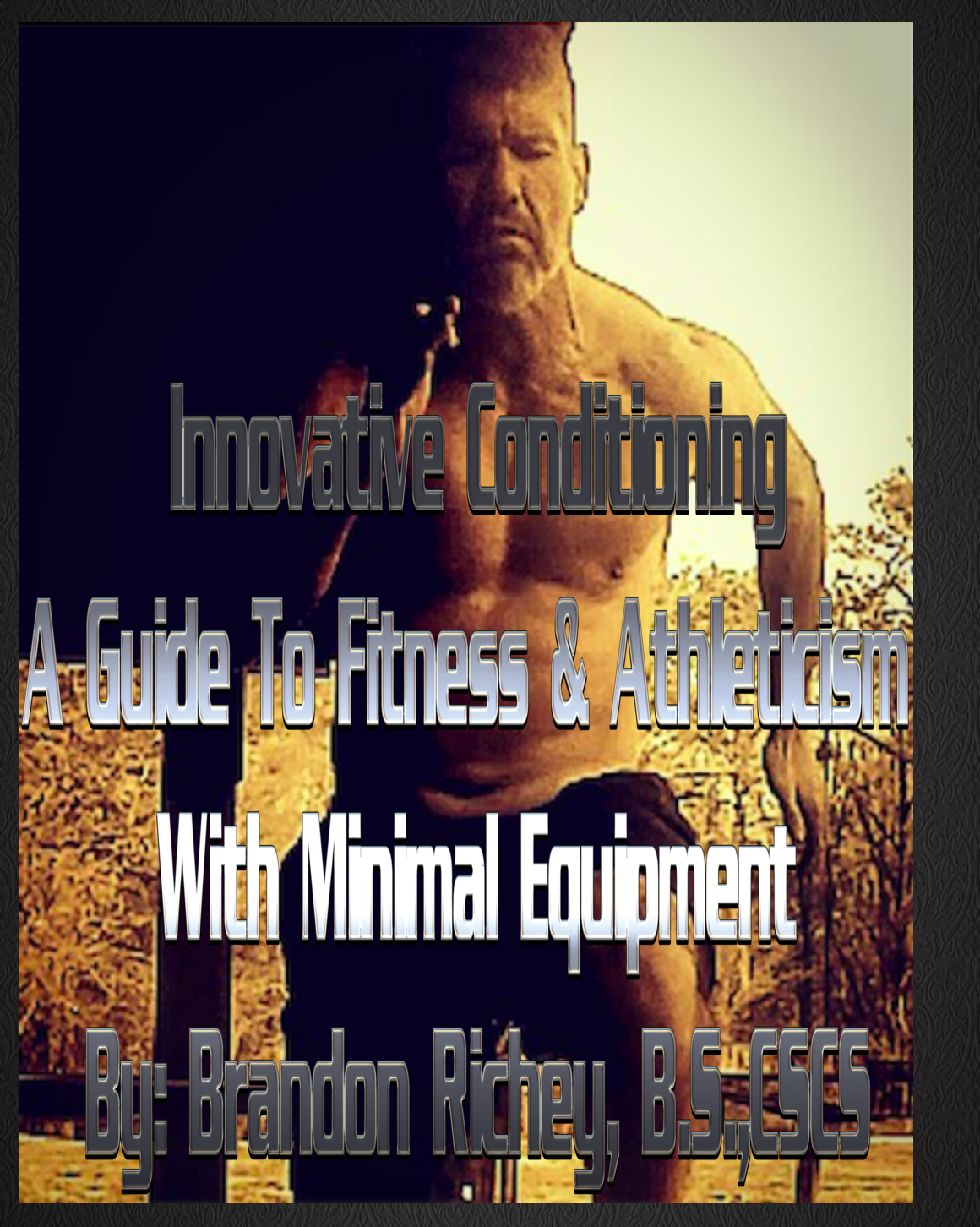
You explained everything clearly. I like it. Very important is to train smart because this is the only way to achieve our goals. I found your blog few days ago and I gain here a lot of valuable knowledge and informaton. Keep it up, I can’t wait for next posts.
Yes, the BRF method is always stressing the importance of smart training. Too many folks don’t emphasize and pay attention to the “little things.” Thanks so much for your feedback and I’m glad you enjoy the BRF blog! Please don’t be a stranger and let us know if you have anymore questions about the site. Stay strong!